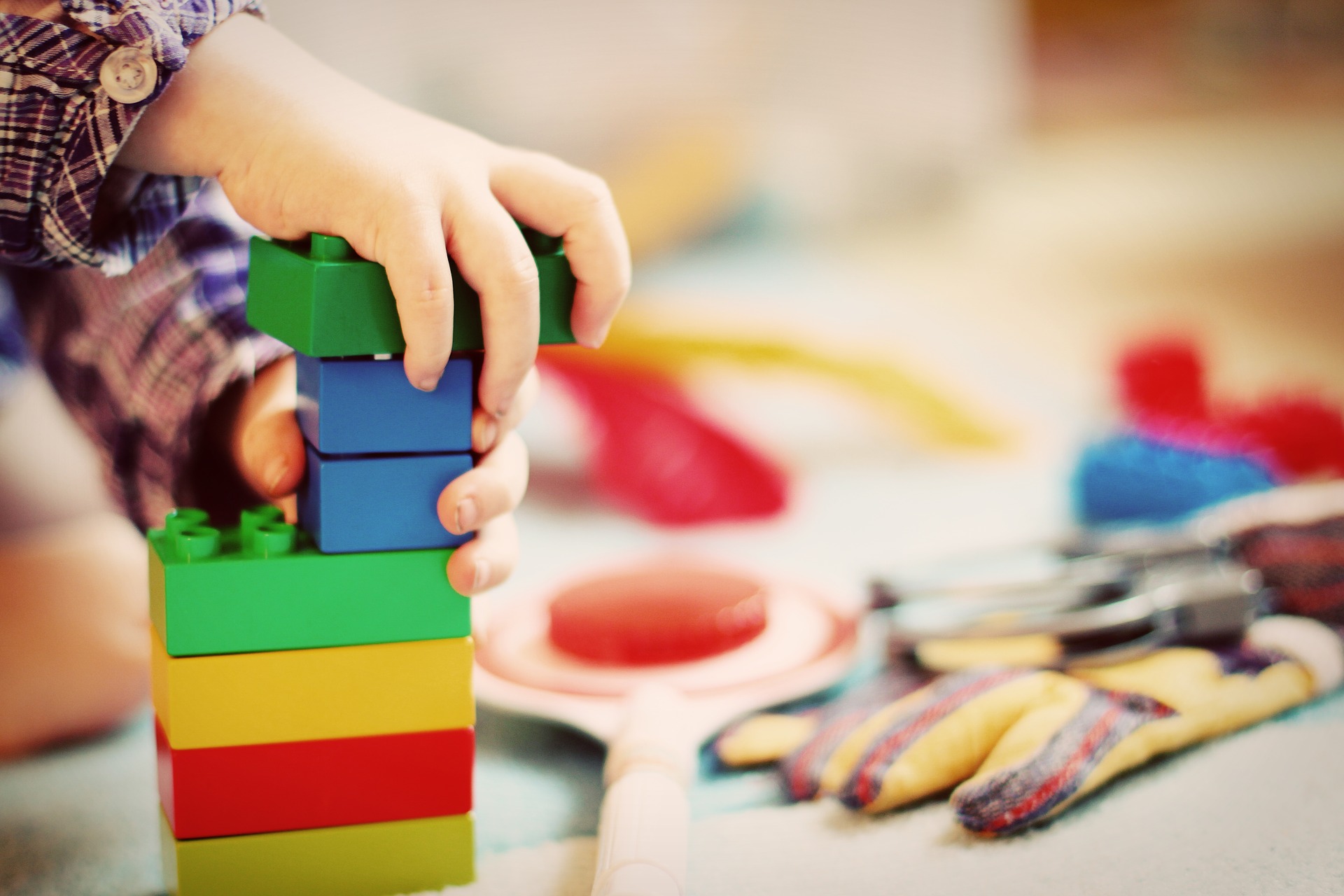Pediatric Occupational Therapy
Occupational therapy focuses on helping children reach their full potential, ensuring family involvement every step of the way. OT also helps children improve self-esteem and a sense of accomplishment. Pediatric occupational therapy entails evaluation to determine whether they have achieved developmental milestones. After the evaluation, the therapist recommends steps that help the child reach the appropriate development level. There are usually more than eight signs your child needs occupational therapy.
Signs that Your Child Needs Occupational Therapy
Although children grow at their own pace, there can be problems that impact their motor development. Occupational therapy for a child with autism helps support sensory sensitivity, i.e., sound and touch sensitivity. Are you one of those who ask why a child would need occupational therapy? A child will need an OT if they have the following issues.
Developmental Delays
Developmental delays occur when a child has delayed learning and development skills for that particular age. Mostly, children with developmental delays lag in many skills. Some of the examples of developmental delays include:
- Not sitting, crawling, standing, or walking at the right time.
- Unable to learn at an age-appropriate level
- Failing to develop age-appropriate play and social skills
Difficult Fine Motor Skills
When creating a “does my child need occupational therapy checklist”, it is important to look at your child’s fine motor skills. Fine motor skills refer to small movements made with the wrists, fingers, lips, toes, and tongue. They include holding small objects. Your child will need pediatric occupational therapy if they have challenges when:
- playing with toys and puzzles
- holding a pencil
- Using scissors
- Using straws or silverware at an age-appropriate time.
- Poor number formation and handwriting
- Unable to develop hand dominance at an age-appropriate time
- Using zippers, shoelaces, or buttons
- Difficulty coloring, tracing drawing, or prewriting shapes.
If you are unsure about these observations, you can consult a professional. It can be your child’s pediatrician or teacher. You don’t need any referral to see an OT.
Gross Motor Skill Challenges (Movement and Balance)
We need gross motor skills to move and coordinate our arms, legs, and other body parts. If a child has gross motor skills challenges, they may appear clumsy or uncoordinated. Children will need occupational therapy intervention if they have movement, balance, or strength challenges. You will notice the following issues:
- Difficulty going up and down the stairs at an age-appropriate time
- Unable to coordinate both sides of the body
- Poor balance skills
- Poor ball skills when playing
- Avoid tasks or games requiring gross motor sills
- Afraid of leaving the ground
Visual Processing Issues
We interpret what we see through visual processing. One of the signs my child needs pediatric occupational therapy is when they exhibit visual processing challenges. It is characterized by:
- Difficulty with sizing letters or spacing
- Difficulty with recognizing letters
- Challenges copying letters and shapes
- Unable to figure out left or right
- Challenges identifying objects among other objects
- Challenges when copying from the board or another person.
Difficulty in Sensory Processing
Sensory processing refers to making sense of the information we receive through the senses, such as sounds or smells. Your child can be over or under-sensitive. They can exhibit the following signs:
- Overly sensitive to sound, touch, or movement.
- Always moving, crashing, jumping, or bumping.
- Emotionally reactive
- Unable to cope with change
- Unable to calm themselves when they get upset
- Under-sensitive to things around them
Poor Social Interactions Skills
We need to have relationships and understand those around us. Social interactions skills are responsible for these actions. Your child may require occupational therapy if they have social interaction skills challenges. You can identify them if your child has:
- Difficulty engaging with peers and family members socially.
- Challenges adapting to a new environment
- Delayed language skills
- Challenges coping in a school environment.
Learning Challenges
Sometimes children can experience learning difficulties. You can seek occupational therapists services if your child has the following signs:
- Inability to focus or concentrate in school.
- Gets easily distracted
- Unable to follow instructions or complete work
- Hyperactive or has low energy
- Poor impulse control
- Challenges when learning new materials
- Unable to keep up with the school’s workload
Frequently Asked Questions about Pediatric Therapy
What type of therapy will my child receive?
OT provides assessment and intervention to children with developmental delays. Many children experience sensory, genetic, or motor regulatory challenges. Occupational therapy for child handwriting will help your kid to grasp a pencil. Some might get an OT to help with toileting or feeding. Delayed fine motor skills affect a child’s ability to button up. Occupational therapists are health professionals that learn both physical and mental health. They focus on function and independent participation. As a result, they can focus on children with different challenges.
How long will my child need Pediatric OT?
Each child’s therapy program is different. The length of therapy is determined by the challenges the child is experiencing, progress, and the sessions scheduled. An OT can give you their opinion after treatment begins as they offer open communication throughout the process.
What ages do you treat?
As a caring parent, you can ask yourself, when does a child need occupational therapy? Children can start treatment from birth to early school age. Older children with specialized challenges can also benefit from pediatric occupational therapy.
What do I tell my child?
How you address this topic to your child is family-dependent. Keeping the explanation positive, simple, and encouraging will help reduce your child’s stress with the new experience. Since the treatment space looks much like a room playground, you can describe it as an exercise, training, or play. You can refer the therapists as teachers, trainers, or coaches.






